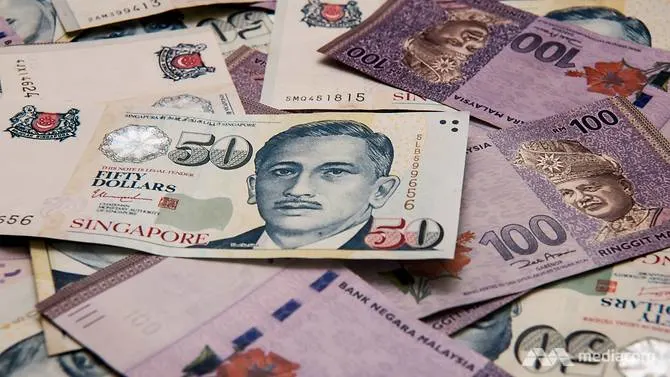Singapore, Malaysia added to US watchlist on currency practices
29 May, 2019

The United States on Tuesday (May 28) added Singapore and Malaysia to a watchlist of trading partners for currency practices, citing both countries' foreign exchange intervention operations.
In a semi-annual report to the US Congress, the US Treasury Department said it reviewed the policies of an expanded set of 21 major US trading partners.
"No major US trading partner met the relevant 2015 legislative criteria for enhanced analysis" as a currency manipulator, but nine "merit close attention to their currency practices and macroeconomic policies", the department said in a statement.
Besides Singapore, the other trading partners added to the list were: China, Malaysia, Germany, Ireland, Italy, Japan, South Korea and Vietnam.
"Singapore runs one of the largest current account surpluses in the world as a share of GDP at 17.9 per cent in 2018. Notwithstanding this large external surplus with the rest of the world, Singapore has consistently run a bilateral goods trade deficit with the United States, which in 2018 totalled US$6 billion," the US Treasury said in its report.
According to the US Treasury, Singapore made net foreign exchange purchases of at least US$17 billion last year, equivalent to 4.6 per cent of its gross domestic product.
"While certain structural factors contribute to Singapore’s large current account surplus, Singapore should undertake reforms that will lower its high saving rate and boost low domestic consumption, while striving to ensure that its real exchange rate is in line with economic fundamentals, in order to help narrow its large and persistent external surpluses," it said.
It also said it welcomes the Monetary Authority of Singapore's (MAS) announcement in May that it will begin to release data on its foreign exchange intervention operations on a six-month basis.
CNA has reached out to MAS for comments.
Malaysia was cited for its "significant" bilateral trade surplus with the US since 2015, reaching US$27 billion last year.
"However, Malaysia’s current account surplus has narrowed substantially over the past decade on higher consumption and investment, falling to 2.1 per cent of GDP in 2018."
The US Treasury also noted Malaysia's currency intervention, estimating that its central bank made net sales of foreign exchange of 3.1 per cent of GDP last year to resist the ringgit's depreciation.
Malaysia’s central bank said in a statement that the country supported free and fair trade and does not practise unfair currency practices.
"Bank Negara Malaysia’s intervention over the last few years has been in both directions of the foreign exchange market," it said. "Any intervention is limited to ensuring an orderly market and avoiding excessive volatility of the exchange rate that may affect macroeconomic stability.
"The fact that the ringgit has over the years faced multiple episodes of significant appreciation and depreciation points to the flexibility of the exchange rate," it added.
The central bank also said that Malaysia's inclusion on the US watchlist for currency manipulation has "no consequences" for the country's economy.
Source:
